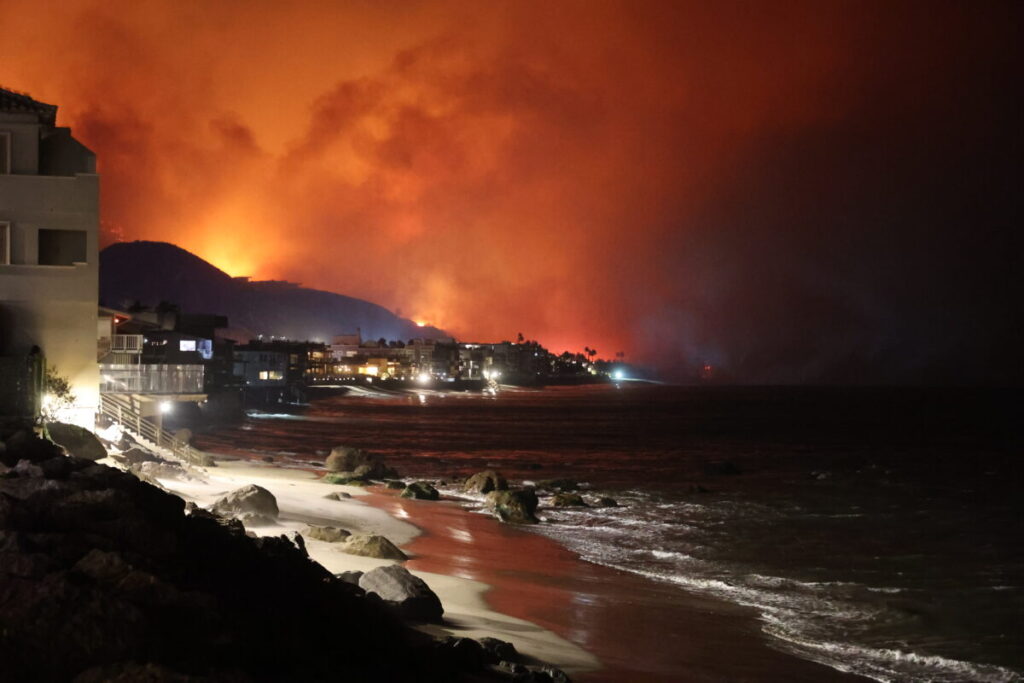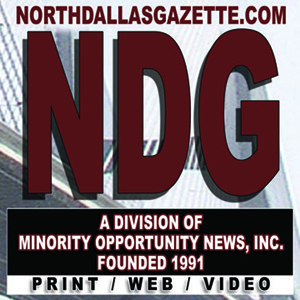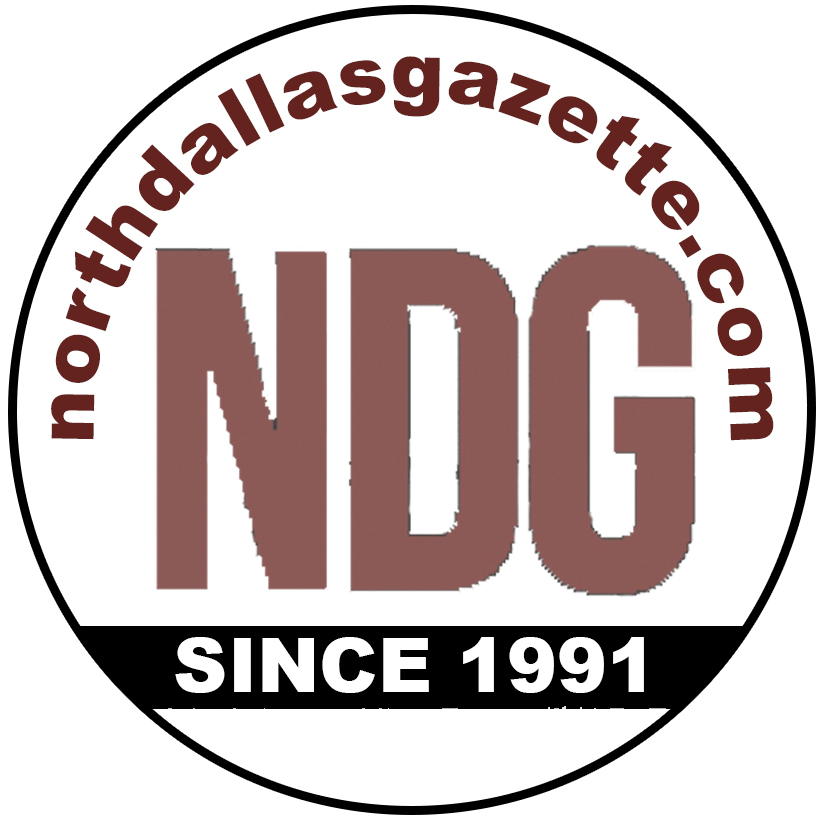By Lori Lee
NDG Contributing Writer
Millions of Americans watched in horror as fires destroyed Los Angeles homes and neighborhoods in early January. As the community now emerges from the worst disaster in its history, efforts to rebuild will surely be challenged, considering shortages of construction labor that existed prior to the fire.
Governor Gavin Newsom is attempting to pave the way for a quick rebuild, authorizing federal hazmat crews to start cleaning up immediately, waiving permitting requirements and allowing for increased availability of temporary housing.
Yet, as University of Illinois Urban Planning professor Nick Theodore explained during a January Ethnic Media Services briefing, “[t]he extent of destruction in urban areas is almost unimaginable, the cost, the extent of displacement, the personal loss, and the time it takes to rebuild.”

To face this task with the drastic shortage of workers that currently exists is daunting, and this will only be exacerbated considering federal government plans for mass deportation.
The construction industry is heavily dependent on foreign born labor, added Jenny Murray, President and Chief Executive Officer at the National Immigration Forum. With about 40% of the construction industry workforce in California foreign born, Murray said the area will have to depend on many, many states and potentially even neighboring countries to bring in the talent that is needed to rebuild. At the same time, folks are going to be afraid to show up, said Murray.
As Professor Theodore adds, the urgency of rebuilding quickly draws in employers and workers to recovery zones. With so much work to be done, contractors must put together crews quickly, using day laborers and whatever local help they can find.
Though immigrant populations present in the area already know how to do the work, the construction industry in Southern California has been falling short of enough house framers, drywall installers, and roofers to meet existing needs.
Now, after the fire, workers are being drawn to the area at a more urgent pace, an urgency that puts workers, especially vulnerable immigrants, at risk.
The ash, lead and other toxins in the air, which are leaching into the ground and water in Los Angeles, necessitate environmental remediation before the rebuilding can begin, added Theodore. Yet labor protections historically break down in the wake of disasters, resulting in a shortage of personal protective equipment (PPE) for people who remain living and working in the area.
Inadequate wages for the workers involved in the rebuilding effort is another result. After Hurricane Katrina, for example, L&R Security and HKA Enterprises had to pay almost a million dollars in back wages after a Department of Labor investigation reported 382 workers were not paid according to standard.
Enforcement of labor standards has never been what it needs to be to safeguard workers, said Theodore, and provision of PPE has always been inadequate. In a climate disaster, resources are stretched even thinner, and the sense of urgency opens up avenues for exploitation of workers.
While in Florida, after Hurricane Ian, many workers refused to take associated risks, workers typically walk into rebuilding scenarios unaware of the prevailing dangers.
There are so many chemical hazards in the air, including millions of particles that are really terrible, added human rights activist Pablo Alvarado and Co-Executive Director of National Day Laborers Organizing Network.
“It was day laborers who did the cleanup in New York after 9/11,” Alvarado recalled, “and one of the consequences was that years later, they have cancer. We’re about to face a similar situation here,” he said.
I’ve seen so many workers without the protection that they need, and many of these are immigrant workers. As families come back to the area, their homes are full of chemical hazards, and they’re going in without the proper gear.
The needs of these disaster recovery zones are partly being met by labor worker centers put in place to provide protections and PPE to workers. These centers have also grown into the place where people who’ve lost their homes come to receive supplies. From baby formula and diapers to adult food and clothing, every day hundreds of cars are picking up donations, said Alvarado. The center is serving about a thousand people per day.
Anovela Bastia, who works with the Coalition for Humane Immigrant Rights in Los Angeles, who has assisted after the disaster, said there are so many people who have lost everything, and many of these also no longer have work. Yet, they are trying to convey the message that these people are not alone and that there are many organizations trying to help.
As Alvarado said, thousands of volunteers have taken up the cause to help the community, with 15 fire brigades removing debris from the area.
“It appears that at least with the people that have come here, that the fire also burned away our differences,” said Alvarado. “We saw folks from the MAGA crowd coming in to help and working with them hand to hand . . . And what this tells you is that in this moment, humanity is above partisanship. Humanity is above ideology.”
“When the brigades went to remove the branches from driveways that were blocking people’s access,” said Alvarado, “they were not asking whether the owner of that home was a Republican or a Democrat . . . And the beauty of this effort is that it is immigrant workers who are spearheading [and] leading the effort.”
Alvarado said he hopes this act of love, kindness and solidarity from the very same people that are being persecuted has some sort of impact in people’s hearts and minds.




